Eat a Peach by The Allman Brothers Band
Buy Eat a Peach A unique hybrid album that bridges two eras of The Allman Brothers Band, the 1972 double album Eat a Peach was recorded prior to and in the wake of […]
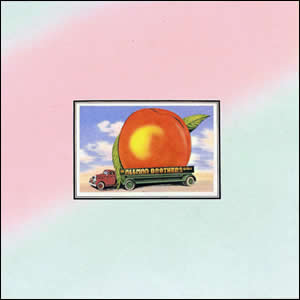
Buy Eat a Peach A unique hybrid album that bridges two eras of The Allman Brothers Band, the 1972 double album Eat a Peach was recorded prior to and in the wake of […]
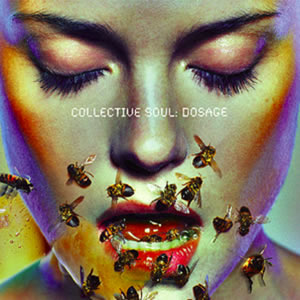
Buy Dosage Collective Soul finished their nineties output by making a return to the mid nineties sound that brought their greatest success. In early 1999, the group released their fourth album, Dosage, with […]

Buy Disciplined Breakdown After exploding onto the international rock scene in the middle of the 1990s with the success of their first two albums, Collective Soul released their much anticipated third studio album, […]
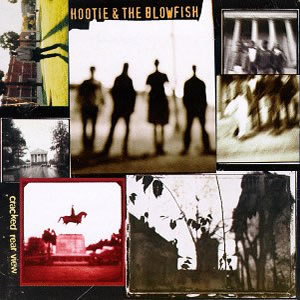
Buy Cracked Rear View Cracked Rear View was a debut album that found phenomenal commercial success for Hootie & the Blowfish. Released in 1994, it went on to be the highest selling album […]
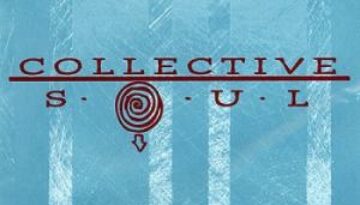
Buy Collective Soul Collective Soul reached its full musical promise and commercial success with their 1995 self-titled second album, sometimes referred to as their “blue album”. Here, the rock quintet from Georgia struck […]
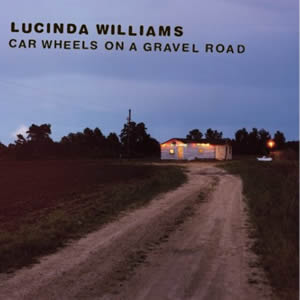
Buy Car Wheels On a Gravel Road Car Wheels on a Gravel Road, the fifth studio album by Lucinda Williams, is a highly acclaimed, awarded and influential 1998 record. In fact, several have […]
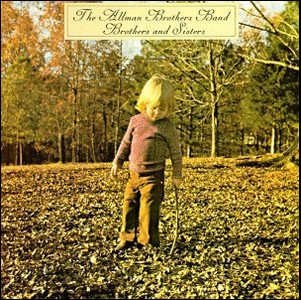
Buy Brothers and Sisters Brothers and Sisters was at once the career peak and the first step into the abyss for The Allman Brothers Band. It was released in the wake of dual […]

Buy Automatic For the People Automatic For the People is the eighth album by R.E.M., released in 1992 following their breakthrough Out of Time. Since the band did not tour to support that album, […]
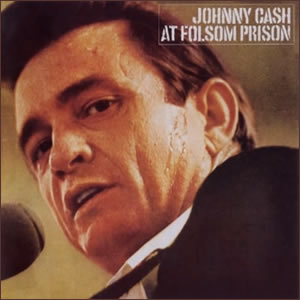
Buy At Folsom Prison Classic Rock Review only covers studio albums, not compilations or live albums. But there will be one exception to this rule – At Folsom Prison by Johnny Cash. This […]
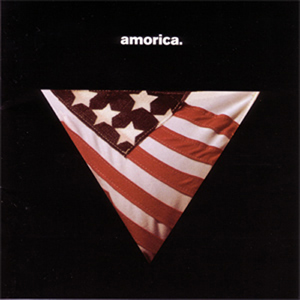
Buy Amorica Although not a particularly strong seller, The Black Crowes may have reached the quality peak of their career with their third album, Amorica. After two commercial blockbusters in the early nineties, […]